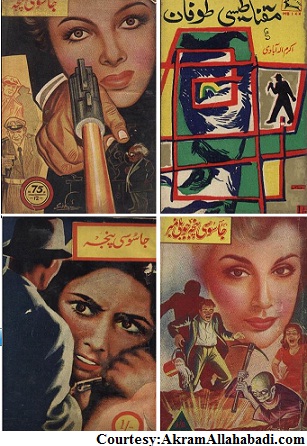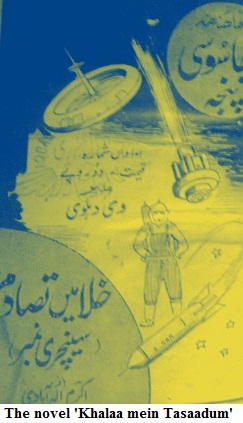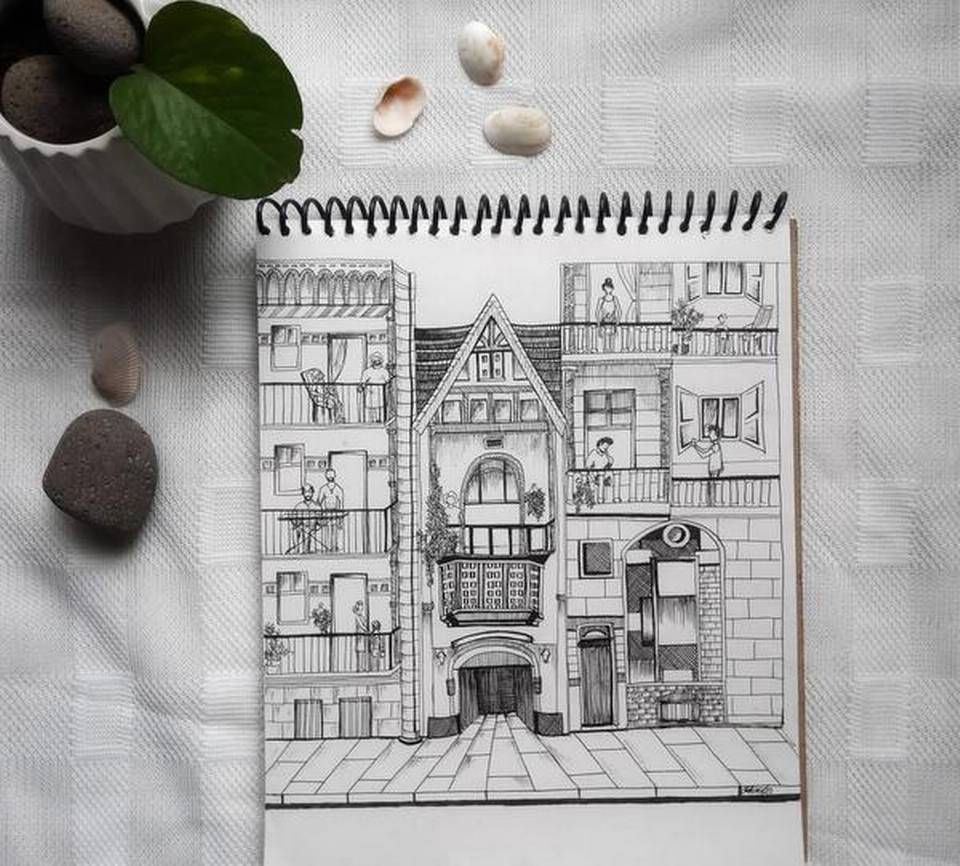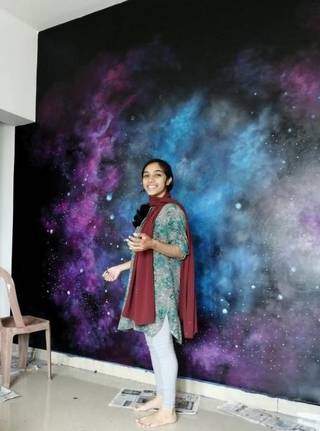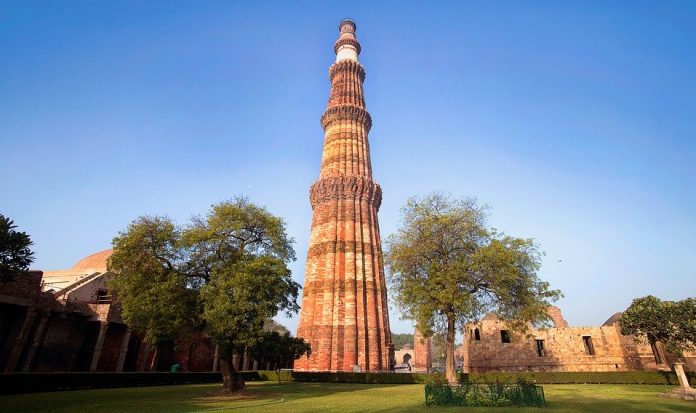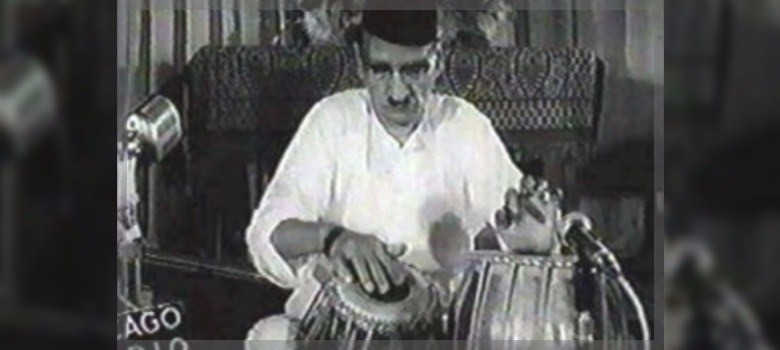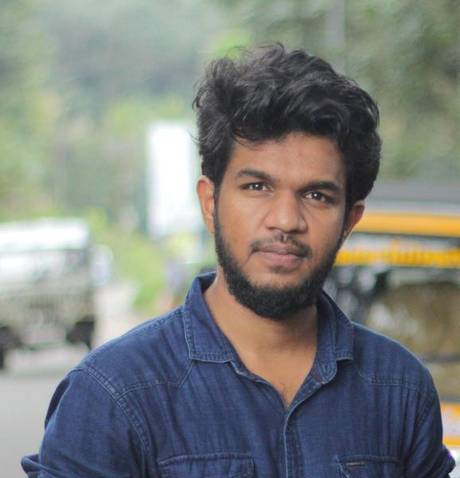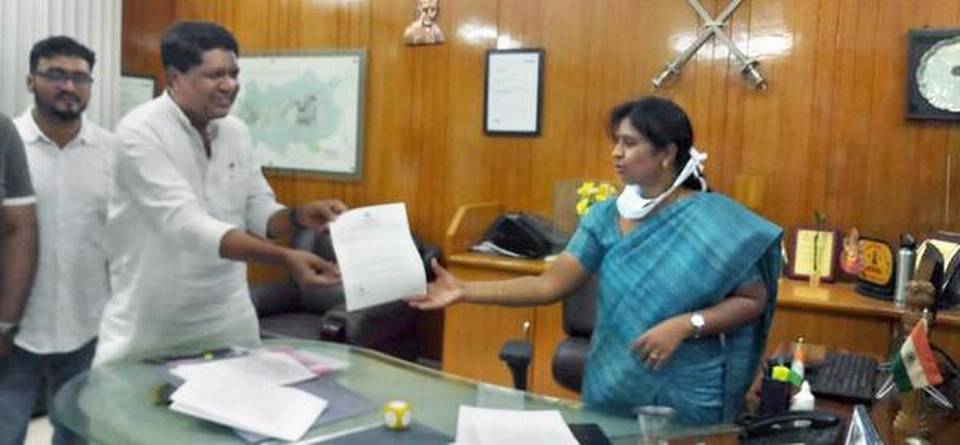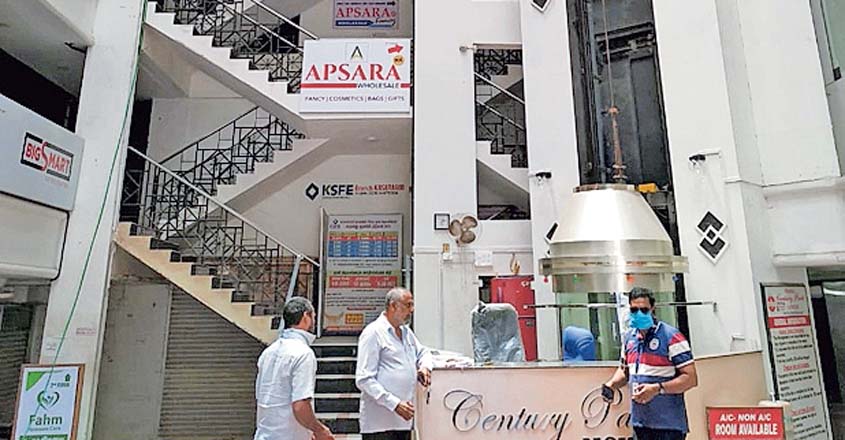Mumbai, MAHARASHTRA :
Over the course of a lifelong career in the theatre, some directors decide to completely change course midway and broaden their content to appeal to larger audiences.
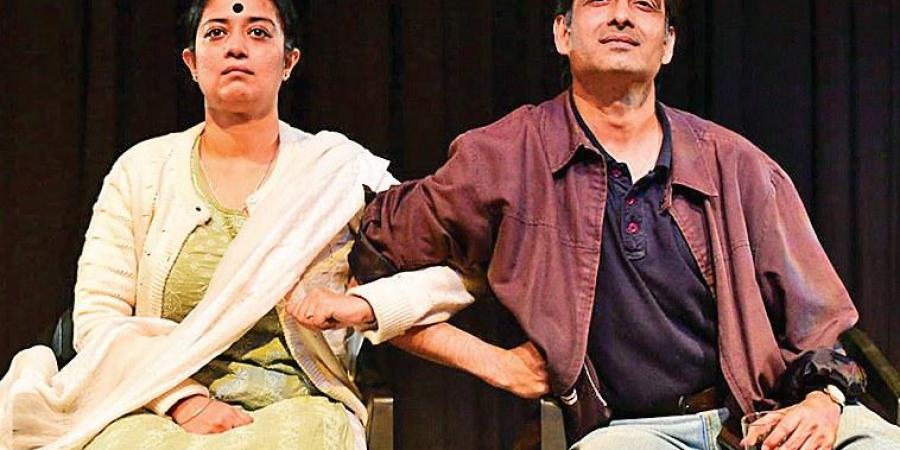
Over the course of a lifelong career in the theatre, some directors decide to completely change course midway and broaden their content to appeal to larger audiences. Others are happy working on a small scale, while a vast number of directors just fall off the map, literally disappear, due to a lack of any takers.
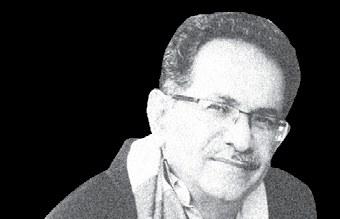
Feroze Abbas Khan from Mumbai started his career with Tumhari Amrita with Shabana Azmi and Farooq Sheikh and Mahatma vs Gandhi with Naseerudin Shah, Sonali Kulkarni and KK in the lead roles.
The productions were magnificent examples of star vehicles, a superb script and outstanding performances. Simply mounted, they toured the world to great acclaim. Other memorable productions followed such as the Satish Kaushik-led adaptation of Arthur Miller’s Death of a Salesman. However, a few years ago, Feroze Abbas Khan totally changed tracks and emerged as a leading director of the musical theatre spectacle, first with an adaptation of the film Mughal-e-Azam for the stage and now with an adaptation of Shakespeare’s Romeo and Juliet as Raunaq and Jassi.
The story of the ill-fated star-crossed lovers has seen many adaptations. Feroze sets his version in rural Punjab and the script is sufficiently witty and audience-friendly. But where Mughal-e-Azam scored because of its outstanding design and lighting, magical music and beautiful dancing and above all the heavy sense of nostalgia it evoked in the audience who could sing along, Raunaq and Jassi’s music, design and acting are all just a little above average and the gravitas of the story never shines through.
On the other hand for several other directors ‘small is beautiful’
and they are happy staying far away from the commercial mainstream. Padatik Kolkata, established by Shyamanand Jalan in the 70s to champion the cause of Hindi theatre, is now in the able hands of Vinay Sharma. Here is a group totally engrossed in the small-scale creative search. Two characters meet in an amorphous space. Two chairs, a wall of cartons, an unknown ‘outside’. Who are they? How are they connected? What is their story? Vinay Sharma’s new production Dosh seems ominously similar to his earlier production Ho Sakta Hai, Do Aadmi, Do Kursiya but only on the surface. Because as this two-hander, the hour-plus play unfolds, it is a different universe we traverse.
A brother and a sister, ably played by Mumbai actors Harsh Khurana and Sarika Singh, meet after a gap of six months. He is on the verge of vacating his house, she is on the verge of leaving her husband. An evening spent together with outpourings of anger, grief, nostalgic memory and startling revelations of events long hidden in the past bring them even closer together. Played up close in Padatik’s tiny studio theatre that only seats 50 people, the production engages you throughout, till you yourself are ready to leave the claustrophobic space with the actors who leave for dinner!
If anything, there are distant echoes of Harold Pinter here, but Vinay puts his own spin on the tale. Remembering and forgetting, multiple versions of the truth, the emotional burden of a shared childhood that is recalled in different ways, mourning and loss in a world of scientific manipulation and terror are his themes.
The writer is a Delhi-based theatre director and can be reached at feisal.alkazi@rediffmail.com
source: http://www.newindianexpress.com / The New Indian Express / Home> Magazine / by Feisal AlKazi / April 05th, 2020
